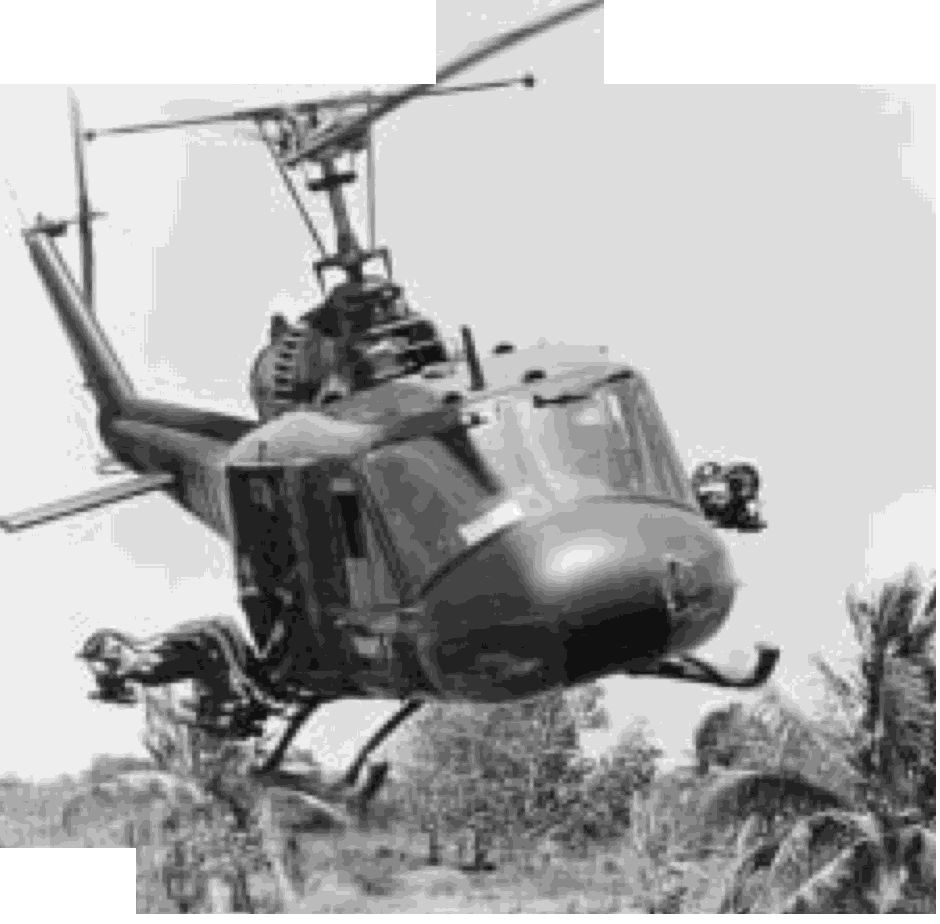
288
UNITED STATES NAVAL AVIATION
1910-1995
1971-Continued
2 December
NAF Cam Ranh Bay, South Vietnam,
was disestablished and patrol squadron detachments
which had routinely rotated at NAF Cam Ranh Bay
were deployed to NAS Cubi Point, R.P. At Cam Ranh
Bay the patrol squadrons were part of the Vietnam
Air Patrol Unit under the operational control of
Commander, Fleet Air Wing 8 or 10. Operational
tasking could also come from Commander, Task
Force 77, on Yankee Station or Commander, Seventh
Fleet. The patrol squadrons worked closely with
Commander, Vietnam Coastal Surveillance Force.
Their missions were to provide air patrol coverage
for SVN along her coast line to detect any infiltration
of NVN trawlers taking men and supplies into SVN.
These missions were known as Market Time patrols.
Patrol squadrons also provided aerial reconnaissance
and ASW patrols for naval forces operating from
Yankee Station and other areas of the Gulf of Tonkin
and the South China Sea.
2 December
Commander George W. White, at the
Naval Air Test Center, Patuxent River, Md., became the
first Navy test pilot to fly the F-14A Tomcat. By the
end of 1971, nine of the aircraft were assigned to vari-
ous flight test programs. Purchase plans had called for
an eventual total of 313 aircraft-30 1 for operations
and 12 for research and development.
8 December
Amphibious Group Alpha, formed
around
Tripoli,
was directed to move from Okinawa to
the vicinity of Singapore in anticipation of a possible
Indian Ocean deployment. This followed indications
by the head of the UN relief mission in Dacca, East
Pakistan/Bangladesh that as a result of the Indo-
Pakistani war, which began on 3 December, evacua-
tion of foreign civilians by means of carrier-based heli-
copters might be required.
8 December
Commander-in-Chief, U.S. Pacific Fleet
(CINCPACFLT) confirmed a requirement previously
enunciated by Commander, Naval Air Force Pacific
Fleet, for a system of video coverage of the entire
launch and recovery sequence of carrier operations.
10
December
Enterprise
and other units from
Yankee Station formed Task Force 74 and departed
Vietnamese waters for the Indian Ocean. On 12
December the Royal Air Force evacuated Western
nationals from East Pakistan/Bangladesh, thereby elim-
inating the requirement for an American evacuation
operation. Task Force 74 entered the Indian Ocean on
15 December, as a show of force in connection with
the Indo-Pakistani war.
12 December
VX-4 reported on an extensive series
of evaluations of the helmet mounted sight, the Visual
Target Acquisition System, in the F-4 that had com-
menced in 1969. While the report cited a number of
shortcomings, it concluded that the helmet sight was
superior to operational equipment used by fighter
pilots in air-to-air combat.
15 December
VMA(AW)-224, part of CVW-15 on
board
Coral Sea,
arrived on Yankee Station. VMA(AW)-
224 was the first Marine Corps squadron to fly combat
missions into NVN from a carrier operating on Yankee
Station.
31 December
During 1971 HAL-3, the Seawolves,
the only light attack helicopter squadron in the Navy,
flew 34,746 hours in squadron aircraft in support of
their mission to provide quick reaction armed heli-
copter close air support for all naval forces and South
Vietnamese forces operating in the southern part of
SVN. During their flights in 1971, HAL-3 expended
16,939,268 rounds of 7.62mm ammunition; 96,696
2.75-inch rockets; 32,313 40mm grenade rounds; and
2,414,096 rounds of .50 cal. machine gun ammunition
in carrying out their assigned missions. HAL-3 lost six
aircraft during 1971.
31 December
Constellation
and
Enterprise
operated
on Yankee Station together during the month until 10
December, when the latter was unexpectedly directed
to transit to the Indian Ocean where she operated as
..
.
UH-1B helicopter from HAL-3 flies low over the Mekong Delta, South
Vietnam NAH-0028l0
 |
10 |
 |